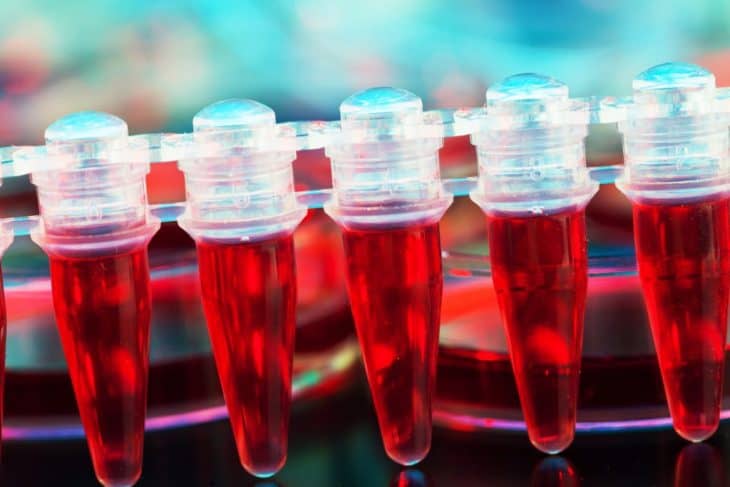In simple words, cord blood banking is giving donation of the blood in the umbilical cord- just like adults donate blood to a blood bank. The procedure is done at the time of delivery and the blood from the cord is then stored in a private or public blood bank for a fee. It is well known the cord blood contains a large number of stem cells- these stem cells have the ability to transform into any other organ cell and can be used to repair, heal, replace any injured or damaged tissues. If you have saved up on cord blood, it can someday be used to help treat your child if he or she ever becomes ill. In addition, cord blood can also be used to treat other blood relatives or a sick sibling. In the old days, cord blood was simply discarded- now the potential for cord blood has been realized as a potentially life saving treatment
Who should save cord blood?
It is important to understand that the practice of cord blood banking is relatively new and not widely accepted because most people have no idea about its potential benefits. It is like a life insurance policy- if something adverse was to happen to your child in future, cord blood can prove to be life saving. Healthcare providers indicate that cord blood banking may be ideal for families who have a history of certain disorders or illnesses. For those who have a healthy family the decision to store cord blood is personal. Just like any other form of insurance the consumer needs to read about the topic and make an informed decision.
Why is cord blood worth saving?
Cord blood contains stem cells. These are the cells that have the ability to differentiate into any other type of cell. There are several types of stem cells but essentially they all have the potential to repair and replace injured or damaged tissues. For example, some people are not able to see because of a disorder called macular degeneration. Now scientists are injecting stem cells into these people to help get back their vision. Children often develop leukemia or sickle cell anemia and stem cells have been used to treat these conditions. Stem cells have been used to treat certain cancers, heart disease, lung disorders, and help with regeneration of many other organs in the body. Stem cells are also used to help healing and recovery of tissue function after use of cancer treatments like radiation and chemotherapy. Finally remember cord blood is not associated with rejection that is common with organ transplants. Current estimates indicate that use of cord blood stem cells has been used to save at least 6,000 lives in the USA
Where is cord blood stored?
Over the years many private and public blood banking companies have opened up. Today there are ads for cord blood banking in the doctor’s office and on the internet. Many obstetricians are aware of cord blood banking. If one wants to enroll in such a plan it is important to speak to someone from a private clinic, who has to be present to collect the blood during the time of delivery.
What is cost of cord blood banking?
The price of cord blood banking varies. There is usually an initial charge for processing the blood which can vary from $1,000-$1,500 and then there is an annual storage fee of $100. When the cord blood is properly stored, it retains its effectiveness for at least 10 years.
What are negatives of cord blood banking?
The first is the cost which is not that high but one must be able to pay for the annual storage.
The second negative is that there are certain genetic disorders that may not be amenable to treatment with cord blood. This is because the cord blood also has the same genetic flaws that caused the disorder and cant be used.
Third the amount of blood collected from the cord is less than 50 ml and only a limited amount of stem cells may be present. Thus, it may be useful for one or two treatments and not all siblings
Conclusion
The potential for cord blood as a treatment for other disorders is enormous. Currently there is no cure for type 1 diabetes, spinal cord injuries, cancer, hart failure, stroke and many other medical disorders. While cord blood may not be a panacea for all medical disorders, if the child does fall sick, at least you have a treatment that can be offered. Parents should make an informed decision about cord blood after educating themselves about the pros and cons.
Disclaimer
I am not a Doctor, just giving you tips and advice that I discovered through experience and research. Always consult your medical practitioner before making any medical decisions. Links in this article may inadvertently send you to websites that contain obscene or inaccurate content. This website does not condone such content.

